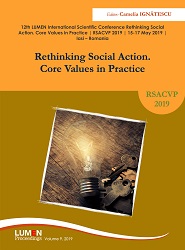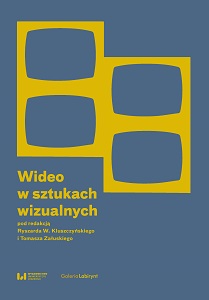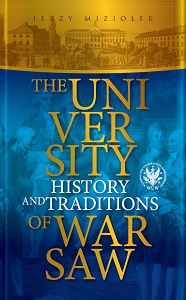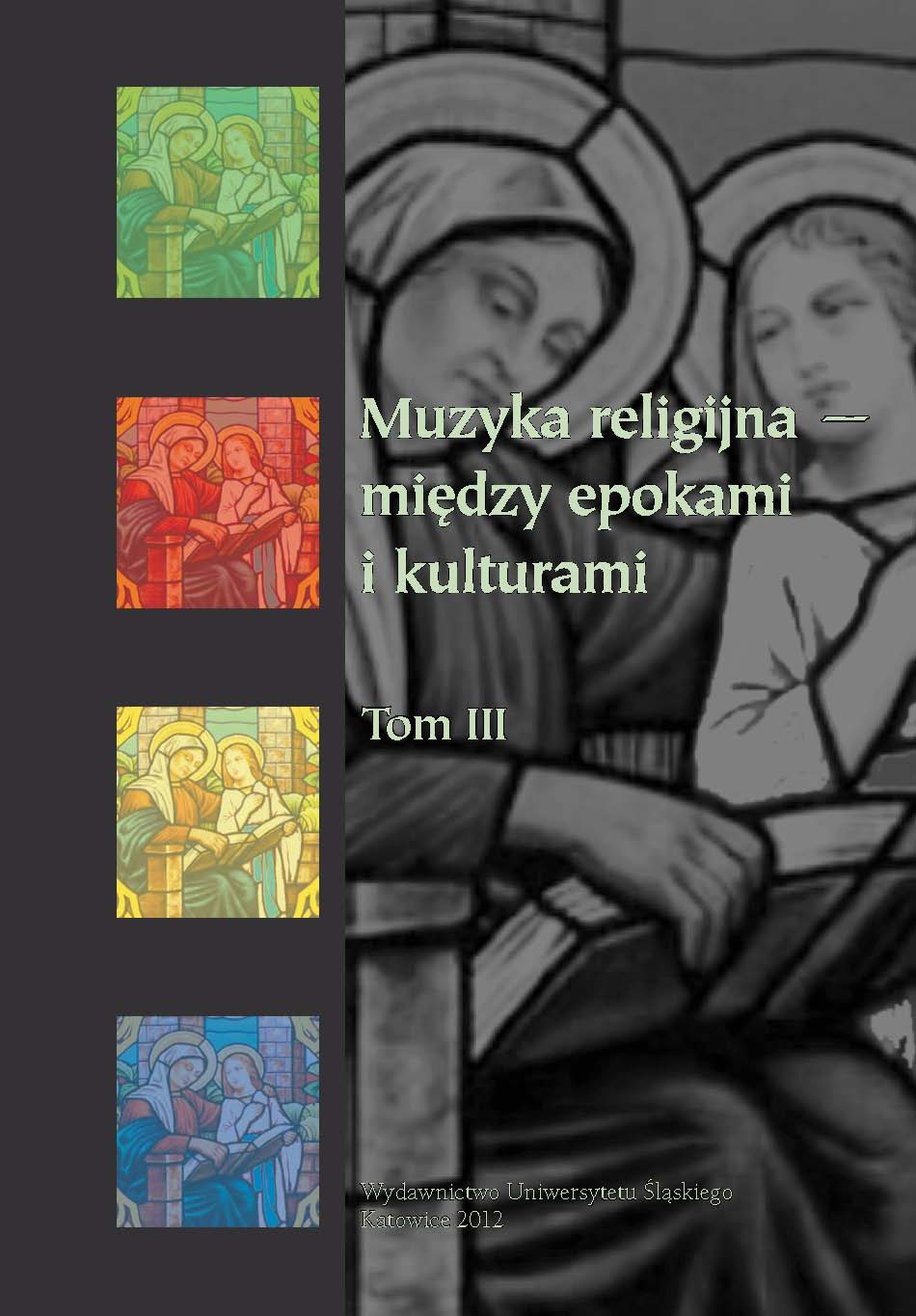
The Byzantine Influence on the Italian Renaissance
In the 15th century, there was a massive emigration from Byzance to Italy. Because of the Ottoman Empire, the intellectual elite of Byzantine scholars started to come with their families, by sea, to Venice and Florence. We have some Scholars émigrés who influenced the culture and the thinking process of their time, in Italy. They were Manuel Chrysoloras, Georgios Gemisthos Pletho, and others. They brought thousands of manuscripts, and with Cosmos’s help, they achieved academic jobs. Even Marsilio Ficino recognized that The Platonic Academy in Florence was a project started with Gemistos Plethon, the famous Platonist professor. Also The Florence Council (1438 – 1439) was a cultural revelation between two different civilizations. By the presence of the Byzantine intellectuals in Italy, the Latins experienced a new form of meditation on the world and on the purpose of life. In particular, the return to Greek culture and ancient ideas triggered the desire of freedom in the Quattrocento thinkers. Some revolutionary ideas have taken shape in the aristocratic houses of Tuscany, Venice and Rome. It happens that some groups of scholars gather around Byzantine masters, such as Ioannes Arghyropoulos, or Bessarion. Thanks to the generosity of Cosmo de Medici and his family, many young people could afford a comfortable life dedicated to study and scientific research. Some Latin, others Byzantine.
More...


